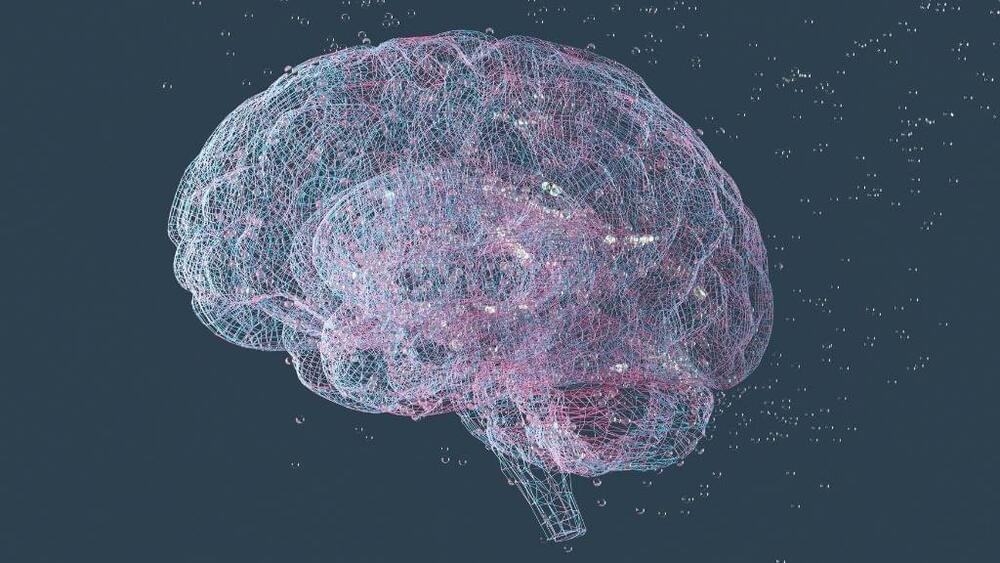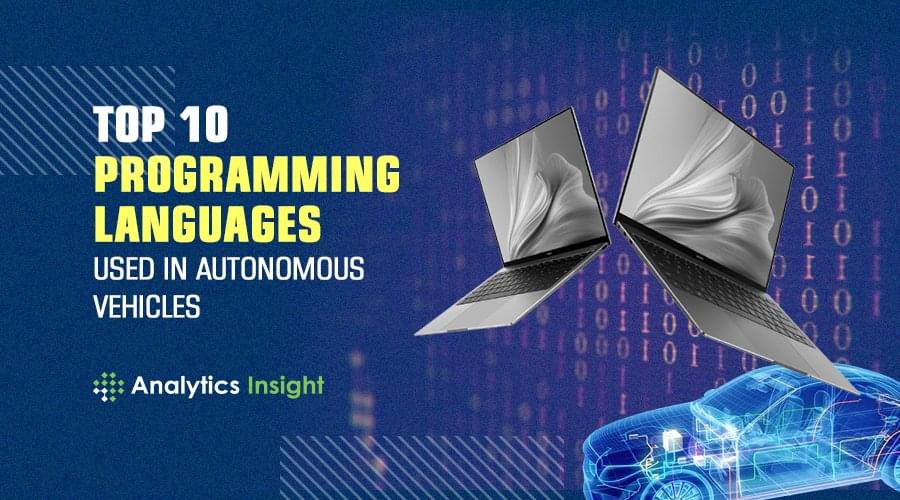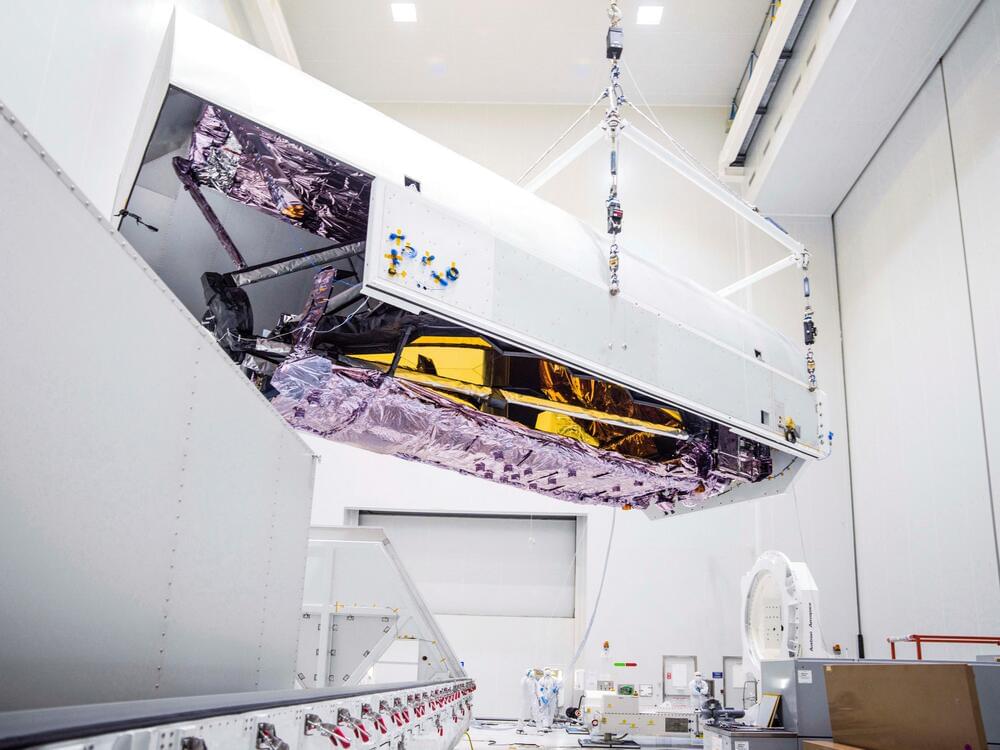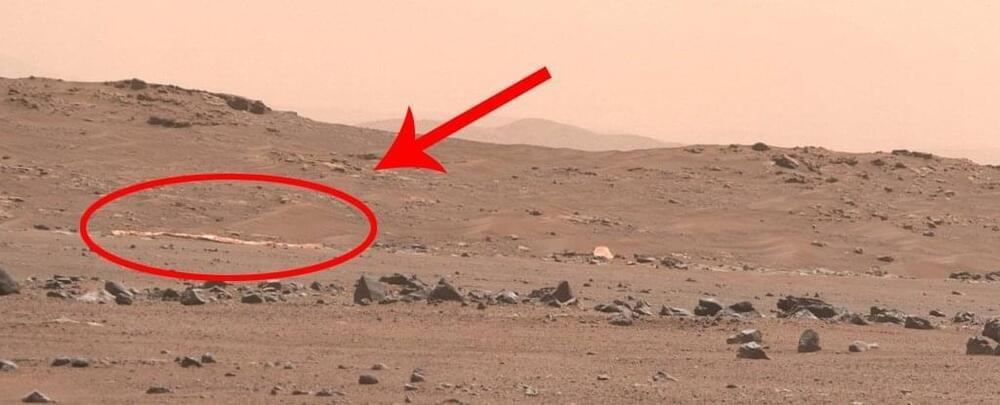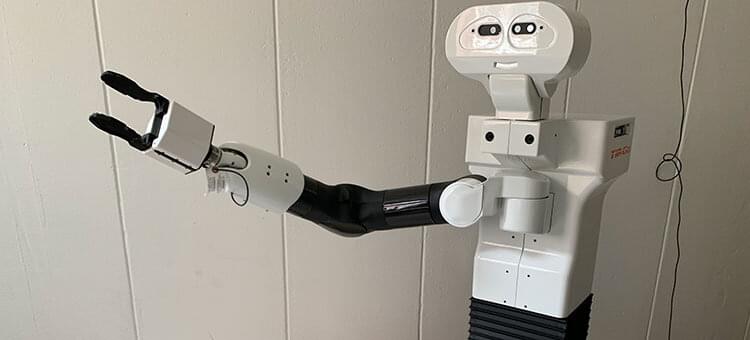Apr 15, 2022
‘Secret code’ behind key type of memory revealed in new brain scans
Posted by Genevieve Klien in category: neuroscience
“Working memory” is a critical cognitive process.
The “secret code” the brain uses to create a key type of memory has finally been cracked.
This type of memory, called working memory, is what allows people to temporarily hold on to and manipulate information for short periods of time. You use working memory, for example, when you look up a phone number and then briefly remember the sequence of digits in order to dial, or when you ask a friend for directions to a restaurant and then keep track of the turns as you drive there.
